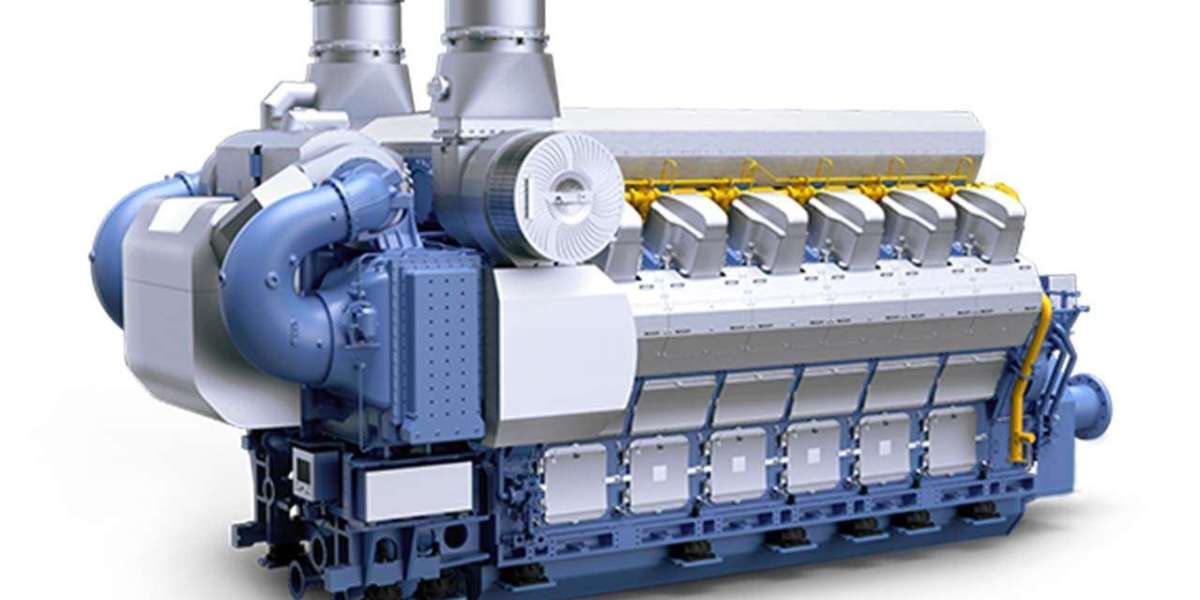The aquaponics market has emerged as a sustainable solution for modern agriculture, combining aquaculture and hydroponics to grow fish and plants in a closed-loop system. Its eco-friendly advantages—such as water conservation, chemical-free produce, and space-efficient design—make it appealing for both urban and rural environments.
However, despite the growing interest and evident benefits, aquaponics faces several significant restraints that hinder its mass adoption. These challenges impact commercial scalability, investment inflows, and consumer confidence. For aquaponics to reach its full potential, these limitations must be addressed through innovation, education, and supportive policies.
High Initial Capital Investment
One of the most critical restraints in the aquaponics market is the high initial setup cost. Constructing an aquaponics system requires investment in tanks, grow beds, water circulation equipment, lighting systems, heating or cooling systems (depending on the climate), and monitoring tools. Additionally, infrastructure for electricity and water backup may be needed, especially in off-grid or unreliable power regions.
For individuals and small-scale farmers, these costs are often prohibitive. Even commercial investors are cautious, as returns on investment can take time to materialize. Without access to affordable financing or subsidies, many potential adopters are discouraged from entering the market.
Technical Complexity and Skill Gaps
Aquaponics requires a complex understanding of two separate ecosystems—fish farming and plant cultivation—both of which must be balanced precisely for the system to function efficiently. Managing water quality, pH levels, ammonia content, and oxygen flow involves technical know-how that many traditional farmers may lack.
Furthermore, aquaponics operators must be able to identify and respond to fish diseases, plant nutrient deficiencies, and mechanical malfunctions. Without proper training and hands-on experience, even small mistakes can lead to system failure, resulting in financial loss.
The shortage of skilled professionals and training programs is a major barrier, particularly in regions where agriculture education is limited. As a result, many projects struggle to operate effectively or scale beyond the pilot stage.
Regulatory and Certification Challenges
The absence of standardized regulations and certification frameworks is another restraint holding back the aquaponics industry. In many countries, aquaponic produce lacks clear labeling or certification standards, making it difficult to market products as organic or sustainably sourced—even when they meet all the criteria.
This uncertainty can undermine consumer trust and limit access to premium pricing or specialized markets. In some regions, unclear zoning laws or food safety regulations can also delay or restrict the establishment of aquaponic farms. Without comprehensive policies to support and legitimize the industry, many operators remain hesitant to invest at scale.
Limited Consumer Awareness and Market Demand
While aquaponics produce is sustainable and chemical-free, consumer awareness remains limited in many parts of the world. Shoppers often do not understand the benefits of aquaponic farming or differentiate it from conventional organic produce.
In emerging markets, price sensitivity also plays a role. Since aquaponic produce can be more expensive due to higher production costs, consumers may opt for cheaper alternatives unless they are well-informed about the value and health benefits.
Building consumer demand requires targeted education campaigns, branding strategies, and strong distribution partnerships to increase visibility and accessibility in local markets.
Operational Risks and Maintenance Challenges
Aquaponics systems, particularly those operating at scale, require constant monitoring and maintenance. A single failure—such as a pump malfunction or power outage—can compromise the entire system. Loss of fish stock or plant crops can lead to significant financial losses, especially when backup systems are not in place.
Operational risks also include disease outbreaks, algae growth, and water contamination. Without proper protocols and emergency responses, these issues can escalate quickly, deterring investors and operators who prefer lower-risk farming models.
Climatic and Environmental Constraints
In regions with extreme climates, aquaponics faces additional challenges. Maintaining a stable water temperature, adequate lighting, and ventilation becomes energy-intensive in very hot or cold environments. This increases operational costs and may reduce the system’s eco-efficiency, particularly where renewable energy sources are not available.
Seasonal changes can also affect system stability and yield consistency, making it harder to maintain year-round supply commitments in commercial settings.
Conclusion: Overcoming the Restraints to Realize Aquaponics Potential
The aquaponics market offers an innovative and sustainable path forward for agriculture, but a number of restraints continue to limit its widespread adoption. High capital costs, technical demands, and regulatory gaps create real obstacles for newcomers and commercial operators alike.
However, these challenges are not insurmountable. With strategic investments in education, infrastructure, and policy development, the aquaponics sector can overcome these restraints and scale successfully. Public-private partnerships, financial incentives, and awareness campaigns can also help bridge gaps and bring aquaponics into the mainstream.
Ultimately, addressing these barriers will be essential to unlocking the full potential of aquaponics as a transformative force in global food production.








